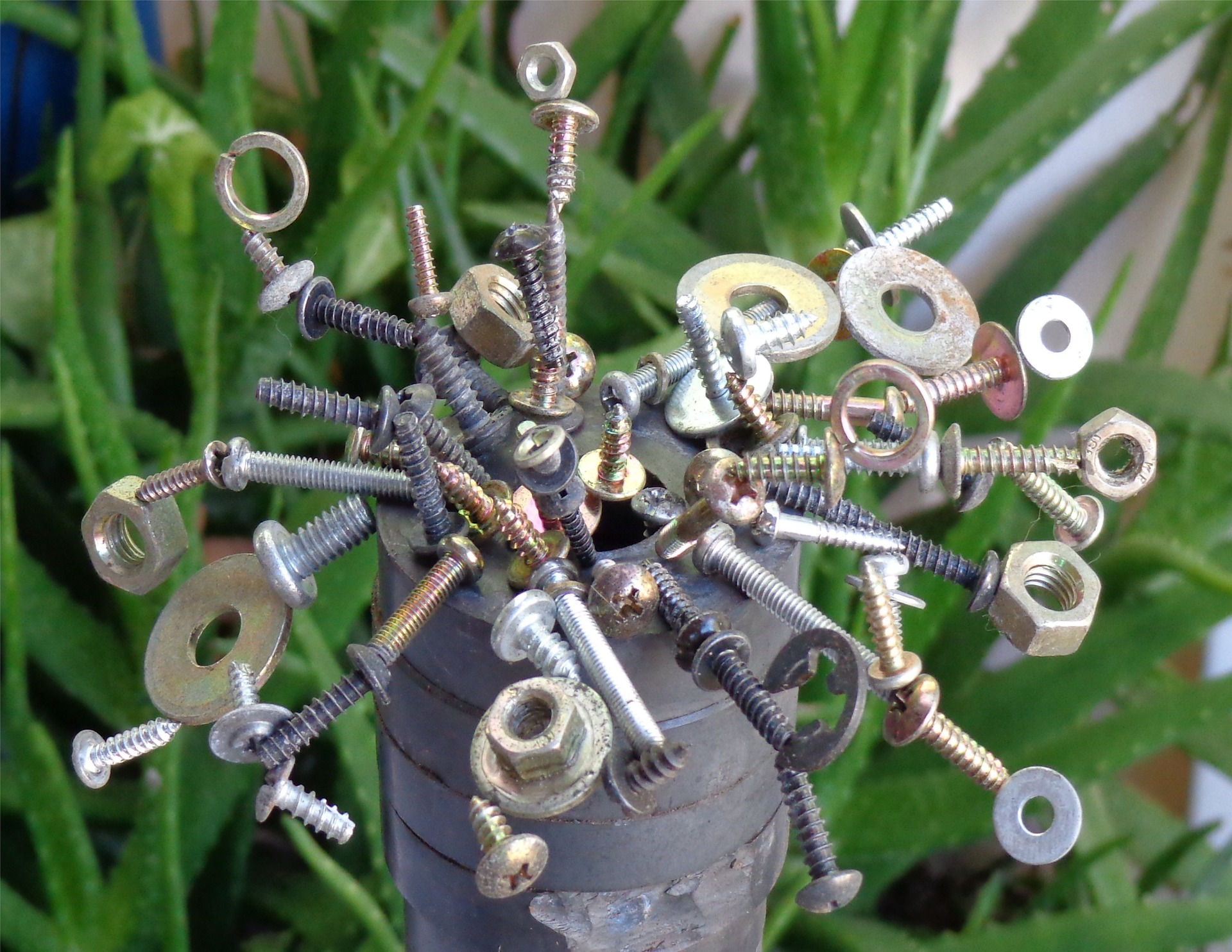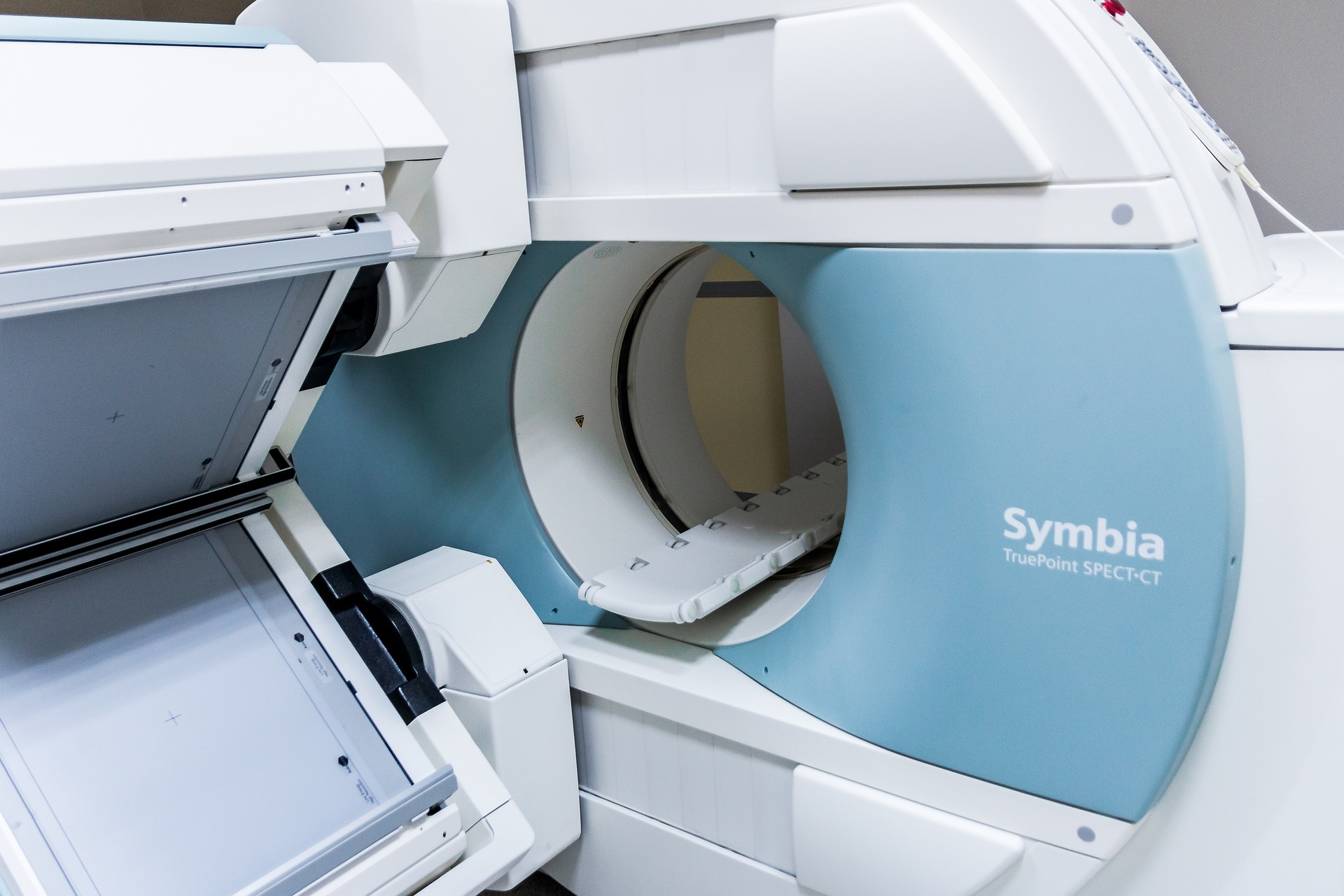Stainless steel is a popular material used in many applications, from cookware to medical equipment. Stainless steel is non-magnetic.In some industries, it is essential to use non-magnetic materials to avoid interference with electronic equipment.
What Makes Stainless Steel Magnetic

It is important to consider these properties when selecting a stainless steel for a particular application, as the magnetic properties can impact the performance of the material in certain environments.
Generally, stainless steels falling on some categories are more attracted to magnetic fields.
The ferritic kind of stainless steel is magnetic and has a crystal structure known as body-centered cubic (BCC).
Understanding Magnetic Fields and How Magnets Work

A magnetic field is a force field created by a magnet or a moving electric charge. It is an invisible field that surrounds a magnet and exerts a force on other magnets or magnetic materials placed within it.
Stainless Steel Types That Are Magnetic
Martensitic Stainless Steel
When martensitic steel undergoes quenching, it transforms from an austenitic phase to a martensitic phase. The carbon atoms are trapped in the lattice structure of the steel, creating magnetic domains.
These magnetic domains cause the steel to exhibit magnetic characteristics, making it attractive for applications such as magnetic sensors, bearings, and fasteners.
The carbon content in its chemical composition is usually between 0.1% and 1.2%, which causes the steel to have a ferritic structure. When compared to other forms of steel, martensitic stainless steels excel in strength, hardness, and wear resistance.
Ferritic Stainless Steels
Unlike martensitic stainless steel, the carbon concentration is often below 0.10 percent. Due to its lower carbon content, ferritic stainless steel is less likely to become sensitized when heated to high temperatures.
Because the magnetic domains of ferritic stainless steel are all orientated in the same direction, the steel may be magnetized and has improved technical qualities as a result.
The degree of magnetism depends on the amount of ferrite present in the microstructure.
Duplex Stainless Steel
In its usual composition, duplex stainless steel has chromium percentages ranging from 18% to 28%, nickel percentages ranging from 4% to 7%, and trace levels of additional alloying elements. It is possible for the precise composition of duplex stainless steel to change depending on the application at hand.
The best-known duplex grade is Alloy 2205. It contains approximately 22% chromium, 5.5% nickel, 3% molybdenum, and small amounts of other elements such as nitrogen, manganese, and silicon.
Thermal treatments, such as annealing or heat treatment, and cold working can both have an effect on the magnetic characteristics of duplex stainless steel. The quantity of ferritic phase in the microstructure can be decreased by the process of annealing, which then leads to a decrease in the material’s magnetic susceptibility.
Stainless Steel Grades That are Non-Reactive to Magnetic Pull
Austenitic Stainless Steels
Most austenitic stainless steel has high levels of nickel and manganese. Therefore, it has a weak magnetic pull. These steels are considered to be paramagnetic, which means that they do not have a permanent magnetic moment, but they can be magnetized in the presence of a magnetic field.
Because of this, it is an excellent choice for use as a construction material in hostile settings, where the strength and corrosion resistance offered by other varieties of stainless steel may not be enough.
Magnetic Properties of Stainless Steels Alloys
The magnetic properties of stainless steel alloys can also be affected by external factors, such as mechanical deformation, temperature, and exposure to magnetic fields.
The Curie temperature, which is the temperature at which a material loses its magnetism, can also vary depending on the composition of the alloy.
Uses of Magnetic Stainless Steel

Magnetic stainless steel is commonly used in electromagnetic devices such as transformers, inductors, and motors. These devices rely on the magnetism of the stainless steel to convert electrical energy into mechanical energy or vice versa.
It is also used extensively in manufacturing components, such as turbine blades, exhaust systems, and engine parts. These components require materials that can withstand high temperatures and harsh environments while maintaining their magnetism and structural integrity.
Magnetic stainless steel grades are also used in the manufacture of MRI machines, where they help generate the strong magnetism required for imaging.
Uses of Non-Magnetic Stainless Steel
Non-magnetic grades are used extensively in the food processing industry, where hygiene and cleanliness are critical factors. It will not interfere with the metal detectors and other equipment that detect metal contaminants.
A non-magnetic metal is also used to manufacture medical equipment such as surgical instruments, medical implants, and dental instruments. Its properties make it ideal for medical applications, where it will not interfere with operating MRI machines and other medical imaging equipment.


